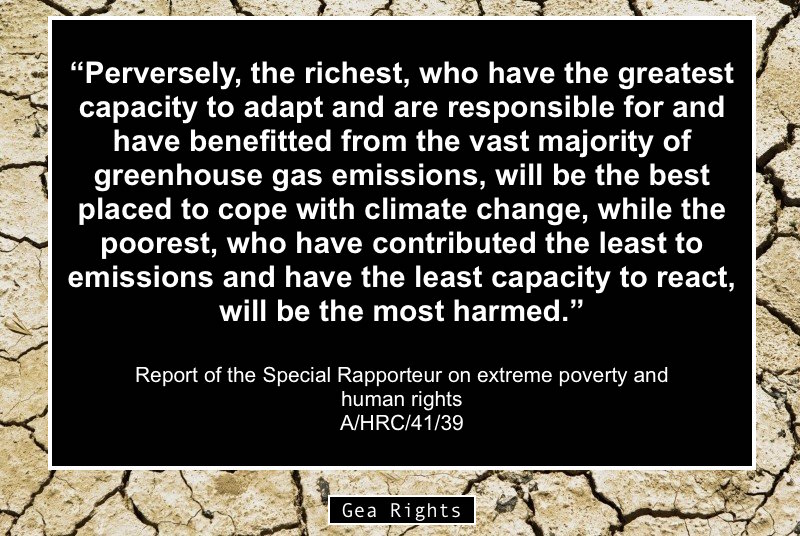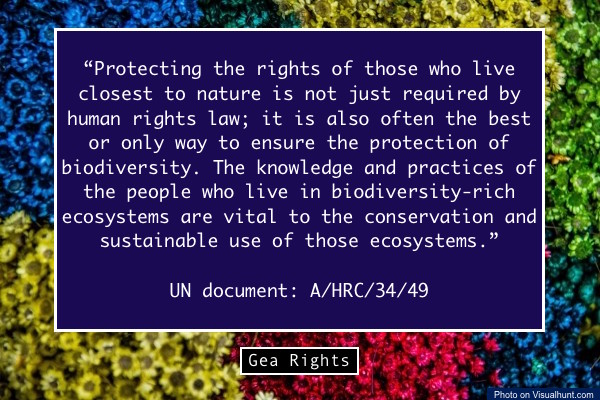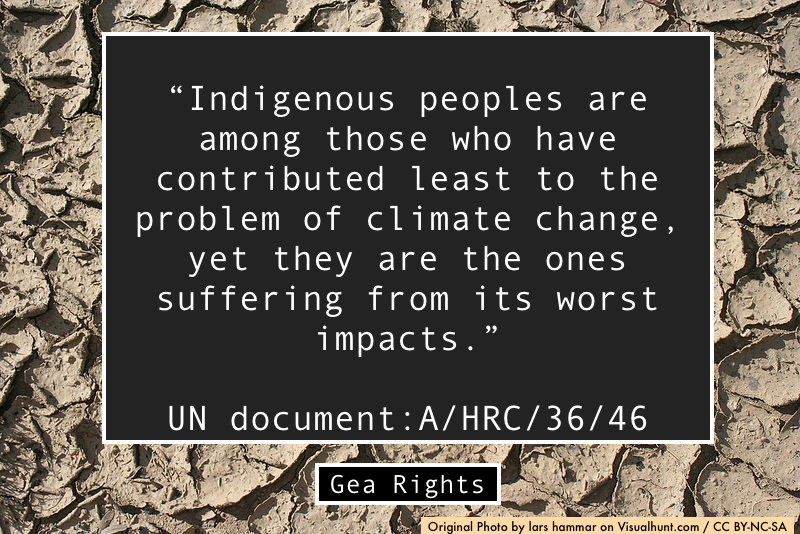The objectives of the Convention on Biological Diversity are:
- the conservation of biological diversity;
- the sustainable use of its components;
- the fair and equitable sharing of the benefits arising out of the utilization of genetic resources.
These three objectives are linked by D. French in three different ways:
- The first suggests that the negotiating parties preferred to adopt a final text which represented the amalgamated views of all major participating groups, rather than permit the negotiation to fail. While the developed countries endorsed rules and principles on conservation, developing countries were interested in the developmental and territorial aspects of biodiversity. The inclusion of the three objectives reflected the only possible political result, with the adoption of an all-encompassing treaty. On this view, political accommodation is the main connection between the three objectives;
2. The second approach rejects this argument and views the objectives as a honest attempt to integrate the concept of sustainable development into a nature conservation treaty. In this light, the negotiating parties recognized that nature conservation must be integrated with wider equity and developmental concerns, in the promotion of sustainable development;
3. The third approach, based on the above-mentioned considerations, views the inclusion of the three objectives as a reflection of a synergy of different political viewpoint and a conciliatory attempt to integrate biodiversity in the mainstream agenda; in one hand it promotes ecological values, while in the other hand it is the result of States pursuing that the text of the CBD reflected as far as possible their own national interests and political considerations.
The CBD imposes a duty of cooperation between the Contracting Parties in the achievement of these objectives, along with the development or the adaptation of national strategies, plans or programmes.
The Parties are required to identify and monitor relevant biodiversity components and to identify processes and activities which can have an adverse impact on the conservation and the sustainable use of biological diversity.
Annex I of the CBD points out the identification and monitoring objects:
- “Ecosystems and habitats: containing high diversity, large numbers of endemic or threatened species, or wilderness; required by migratory species; of social, economic, cultural or scientific importance; or, which are representative, unique or associated with key evolutionary or other biological processes”;
- “Species and communities which are: threatened; wild relatives of domesticated or cultivated species; of medicinal, agricultural or other economic value; or social, scientific or cultural importance; or importance for research into the conservation and sustainable use of biological diversity, such as indicator species”; and
- “Described genomes and genes of social, scientific or economic importance”.
In the next posts, we will analyze the CBD objectives, one by one.
Stay tuned!
Credits:
- D.French, Sustainable Development and Biological Diversity, in International Economic Law: Critical Concepts in Law, ed. by Asif H. Qureshi and Xuan Gao, Vol. V, Routledge, 2010.
- Convention on Biological Diversity
Photo by Mountain Partnership on Visualhunt / CC BY-NC







Leave a Reply